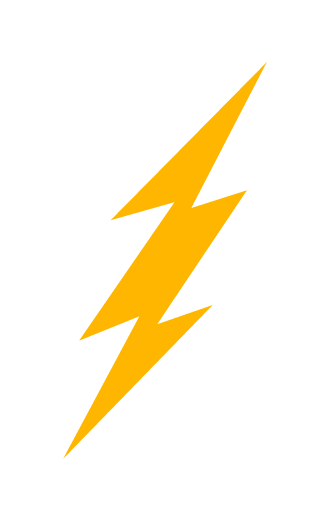Seasonal Outlook
California faces elevated fire danger through the end of 2025, with conditions expected to improve in early 2026.
Northern California: Fire potential is projected to be normal (one or fewer large fires per prediction area monthly). Whiplash weather patterns are expected - alternating cool-moist and warm-dry periods - with 2-3 offshore wind events per month. Lowland areas remain vulnerable to dry, gusty wind conditions until new herbaceous growth offsets standing dead vegetation.
Southern California: Above-normal large fire potential is forecast through December due to the combination of well-above-normal temperatures, well-below-normal precipitation, and normal-to-above-normal Santa Ana wind activity. A significant rainfall event expected in late December or early January should reduce fire threat to near-normal levels starting in January.
As of early October, 2025, 37% of California is experiencing drought with an additional 34% abnormally dry. A developing La Niña pattern is expected to bring below-average precipitation and above-average temperatures through May 2026.
Information presented on the departments website is a representation of the existing wildfire situation, based on the information readily available to CAL FIRE. We make every effort to provide accurate and complete information, however the data is subject to review and change. This site provides general information concerning an incident. All of our information comes from the firelines and must be approved by the Incident Commander in charge of managing the incident prior to release. As battling a fire, or handling any other disaster is the priority, updates to these sites cannot be guaranteed on a set time schedule. Please use the information on these pages only as a reference. The sites are not meant to provide up-to-the-minute evacuation or fire behavior information. Please refer to the fire information phone numbers provided on this site, and website links for additional information, and monitor your local radio stations for emergency broadcasts. If you live in a wildland area always have an evacuation plan in place. Fires occur throughout the State within CAL FIRE jurisdiction on a daily basis during fire season. However, the majority of those fires are contained quickly and no information will generally be provided on these incidents at this site if the fire burns less than 10 acres. If you would like to obtain information about a CAL FIRE fire burning in your area that is not included on this web site, please contact the CAL FIRE Unit that services your county.



















